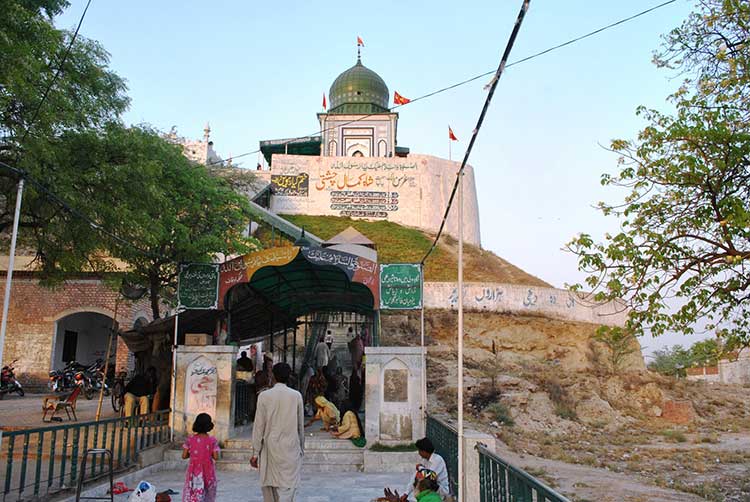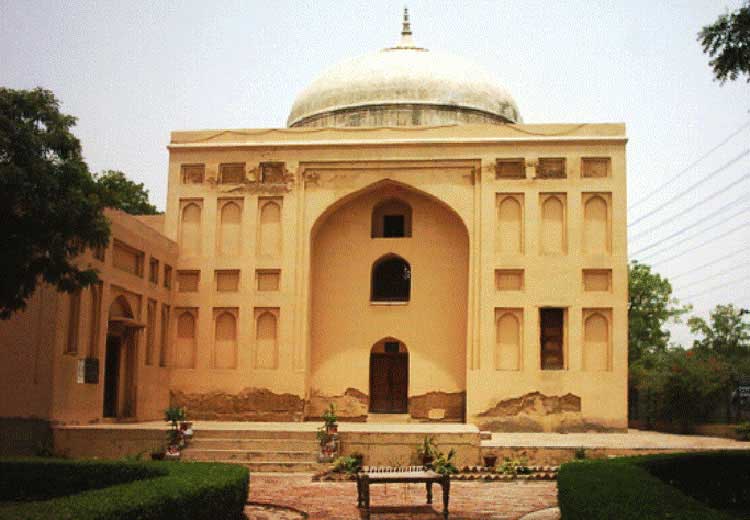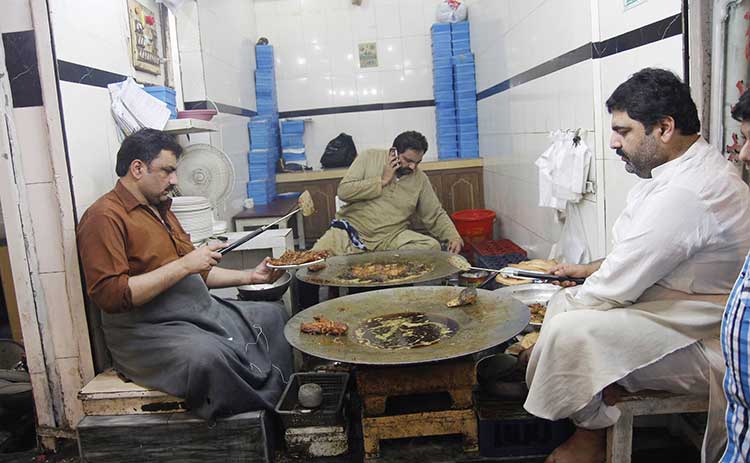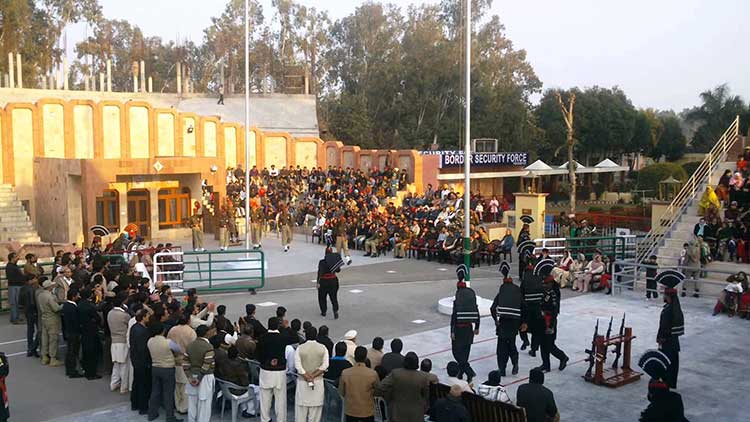Written by: Mahnaz Shujrah
Posted on: January 16, 2017 | 
Bulleh Shah Mazar in Kasur attracts visitors from all over Pakistan (source: My Kasur City)
Like most of the cities in Punjab, Kasur has also expanded a great deal over the years. We were now headed to the heart of the city: the Tomb of Sufi Saint Baba Bulleh Shah. This is one of the city’s major attractions for people from all over Pakistan, and even other countries. As we entered, there was a large clearing, with a sea of people coming in to pay their respects. The entrance had Bulleh Shah's poetry engraved on the walls. Groups of people stood beside it and were reciting his verses loudly, with Sufi music playing in the background. Although I don't fully understand Punjabi, some parts of the poetry really resonated with me. It sometimes amazes me how our poets managed to convey a message in a few lines, while many philosophers took volumes of books to do the same. When the message is strong, language ceases to be a barrier.

Often referred to as the City of Shrines, Kasur has great spiritual significance. It is not merely the final resting place of Bulleh Shah, but also houses the shrines of Baba Sardar Dwan, Hazrat Abdullah Shah Bukhari and Baba Makhdoom Shah. Upon interacting with a few locals, I came to hear about a shrine on top of a hill. Instantly intrigued, I managed to find directions to it. It was the Mazar of Baba Kamal Chishti, located on Kachehri Road near the Kasur Museum. It indeed was situated on a hill, with a large set of stairs leading up to it. Baba Kamal Chishti was a prominent figure and a revered mystic, whose shrine is visited by hundreds on a daily basis. It is said that once a great flood destroyed the entire city, and only this shrine was unharmed. The actual shrine is not very big, but beautifully built nonetheless. The dome has intricate patterns, infused with colorful art and mirror work.

Kasur is not just famed for its spirituality, but also its remarkable food. Exploring the city and visiting the shrines had really worked up an appetite for us, so we asked around for a good place to have lunch. Knowing it was our first visit, almost everyone recommended the traditional Kasuri Methi Fish. We ended up at Drivers Hotel, just down the street from the Bulleh Shah Mazar. The fish was finger-licking good, fried with just the right amount of spices and a crispy texture. For dessert, we had Kasur’s famous falooda. Just outside the hotel, there was a small mithai shop, which makes the best soan halwa and sweets. It was delicious, fresh, and not nearly as expensive as that found in most Lahori shops today.

Our last stop for the day was the Ganda Singh Border. Similar to Wagah, the border in Kasur also has a flag lowering ceremony, except this one is a lot more intimate, and the atmosphere is comparatively calm. The village in Kasur District is named Ganda Singh Wala, and across the border is the village of Hussainiwala in India. The drive to the border is not long, but on the way you can see many settlements and rural homes. Most of the people here are dairy farmers. We stopped along the way, and talked to some of the residents as well. Having travelled to various regions across Pakistan, I’ve come to realize that often people who have very little are the most giving. It's a humbling and learning experience to interact with them.

Kasur is a very welcoming city; the locals make you feel at home as soon as you enter it. Despite having immense historical significance, many of its areas are not well preserved, but there are talks of initiating restoration work in Kasur similar to that carried out by the WCLA in Lahore. With the recent construction of inter-city highways, it is a very convenient journey from Lahore and its surroundings, making it the perfect day trip for anyone who has an interest in our history, culture and heritage.
You may also like: